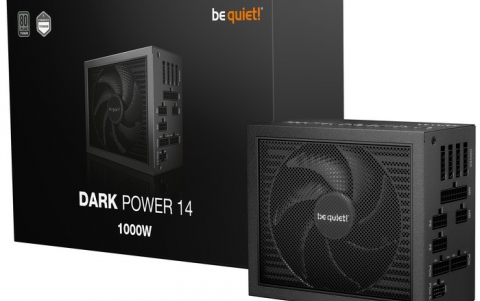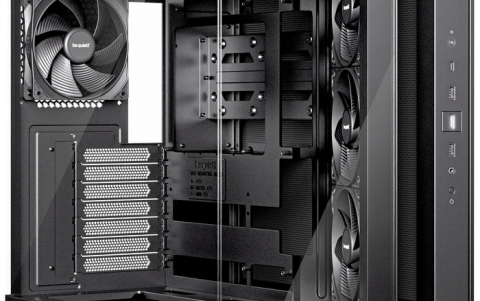Haicom 406BT-C
5. The Tests
Review Pages
- Tests Day One
We tested the Haicom 406BT-C with the Dell Axim X50v. We recorded all produced data for a pre-selected route with VisualGPSce (free edition) and later analyzed it with GPSLog. In order to measure the TTFF ("Time to First Fix" which is the time it takes for a GPS to determine its current position), we used GPSInfo "Cold Start" function. All tests ran continuously, under the same environmental conditions (night, clear sky, 15° C ) and installed in an Audi A4, 2004.
| Globalsat BT-338 | Haicom HI-406BT-C | ||
| Time to First Fix (TTFF) | Secs | 36.66 sec | 33.66 sec |
| Fix | Invalid | 0 | 0 |
| 2D | 0 | 0 | |
|
3D | 100 | 100 | |
| Satellites | Average (in view) | 8 | 11.01 |
| Average (in use) | 5.90 | 6.79 | |
| Average Signal Level (in dB) | Maximum per Satellite | 46.67 | 46.29 |
| Average per Satellite | 38.93 | 36.56 | |
The Globalsat BT-338 had slightly better performance than the HI-406BT-C in terms of Average Signal Level (max/average) per satellite. On the other hand, the HI-406BT-C can "view" and "use" more satellites than the BT-338. The TTFF times are very close, under 45 secs, which is very good. The reported altitudes are very different however...


- Tests Day Two
Again we used our Dell Axim X50v, VisualGPSce, GPSLog and GPSInfo. All tests ran continuously, with the same environmental conditions (day, cloudy weather, 4° C) installed in an Audi A4, 2004. This time we also used an external antenna to see if there would be any difference.
| Haicom 406BT-C | Haicom 406BT-C + antenna | ||
| Time to First Fix (TTFF) | Secs | 33.66 sec | 32.15 sec |
| Fix | Invalid | 0 | 0 |
| 2D | 0 | 0 | |
|
3D | 100 | 100 | |
| Satellites | Average (in view) | 9.11 | 9.77 |
| Average (in use) | 5.95 | 5.86 | |
| Average Signal Level (in dB) | Maximum per Satellite | 43.67 | 45.17 |
| Average per Satellite | 35.51 | 37.88 | |
Using an external antenna seemed to improve the performance of the 406BT-C since it returned lower TTFF times, more satellites "in view" and higher Average Signal Levels (max/average) per satellite, compared with the antenna-less results.
Review Pages















